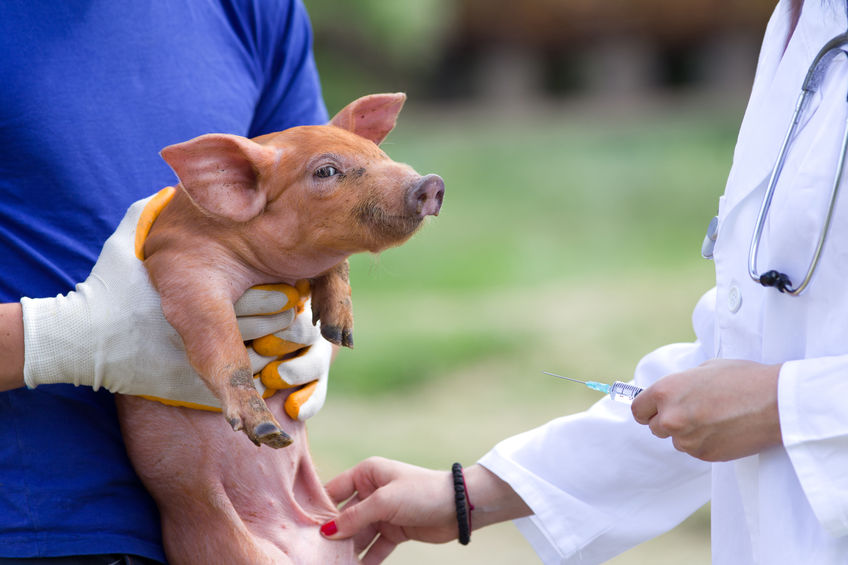
European Union health ministers have called on all member countries to have national action plans in place by the middle of next year.
The world is faced with 700,000 deaths a year globally from antimicrobial resistance.
Each national plan must include measurable goals to reduce the risk of antimicrobial resistance and strengthen the prudent use of antimicrobials in human and veterinary medicine, insisted ministers in Luxembourg on Friday.
The National Pig Association, one of the leading organisations in the UK pushing for more action on antimicrobial resistance, has stated the ministers 'agreed the importance of avoiding routine preventive use of veterinary antimicrobials' and 'called for action to restrict the use in animals of antimicrobials that are of critical importance to human health.'
They also called for greater use of alternative measures to prevent infections in animals, such as greater use of vaccines and improved biosecurity.
European action plan
Ministers also want to see a new European Union Action Plan which should include:
• Measures to combat illegal practices related to the trade and use of antimicrobials, in human and veterinary medicine.
• Surveillance on antimicrobial resistance in humans, food, animals and the environment at a European Union level.
• A decrease, over the period of the new action plan, in antimicrobial resistance in humans, animals and the environment, in the European Union.
• A decrease in the same period, of the differences between member countries, in the use of antimicrobials in both human and animal health.
• Ambitious legislative measures that address the public health risk of antimicrobial resistance in the areas where there is competence to do it, for example in the area of veterinary medicinal products and medicated feed.
• European Union guidelines on prudent use of antimicrobials in human medicine to support national guidelines and recommendations.
• Initiatives and proposals to implement a new business model to bring new antibiotics to the market, including models in which investment costs or revenues are de-linked from sales volumes
